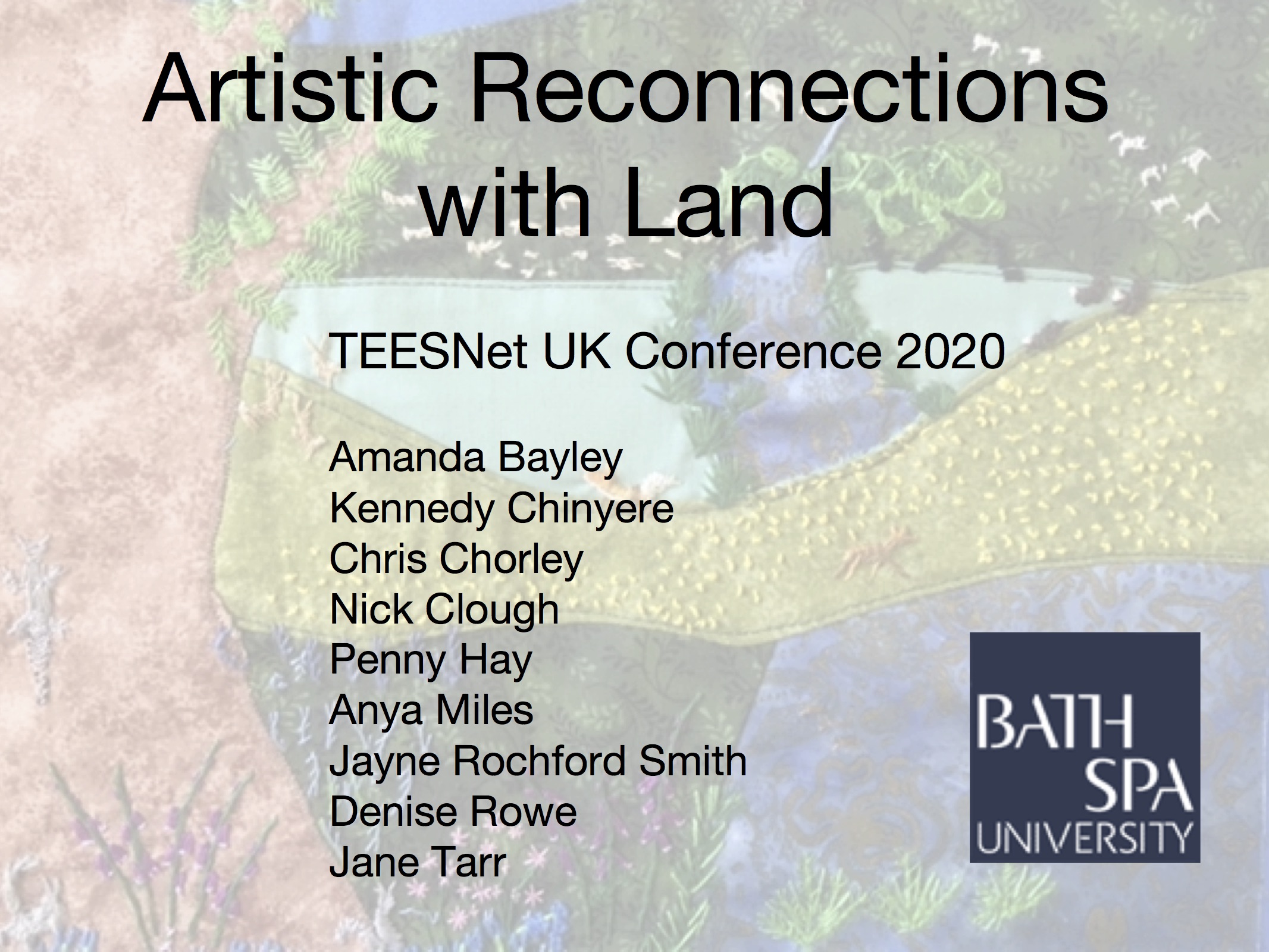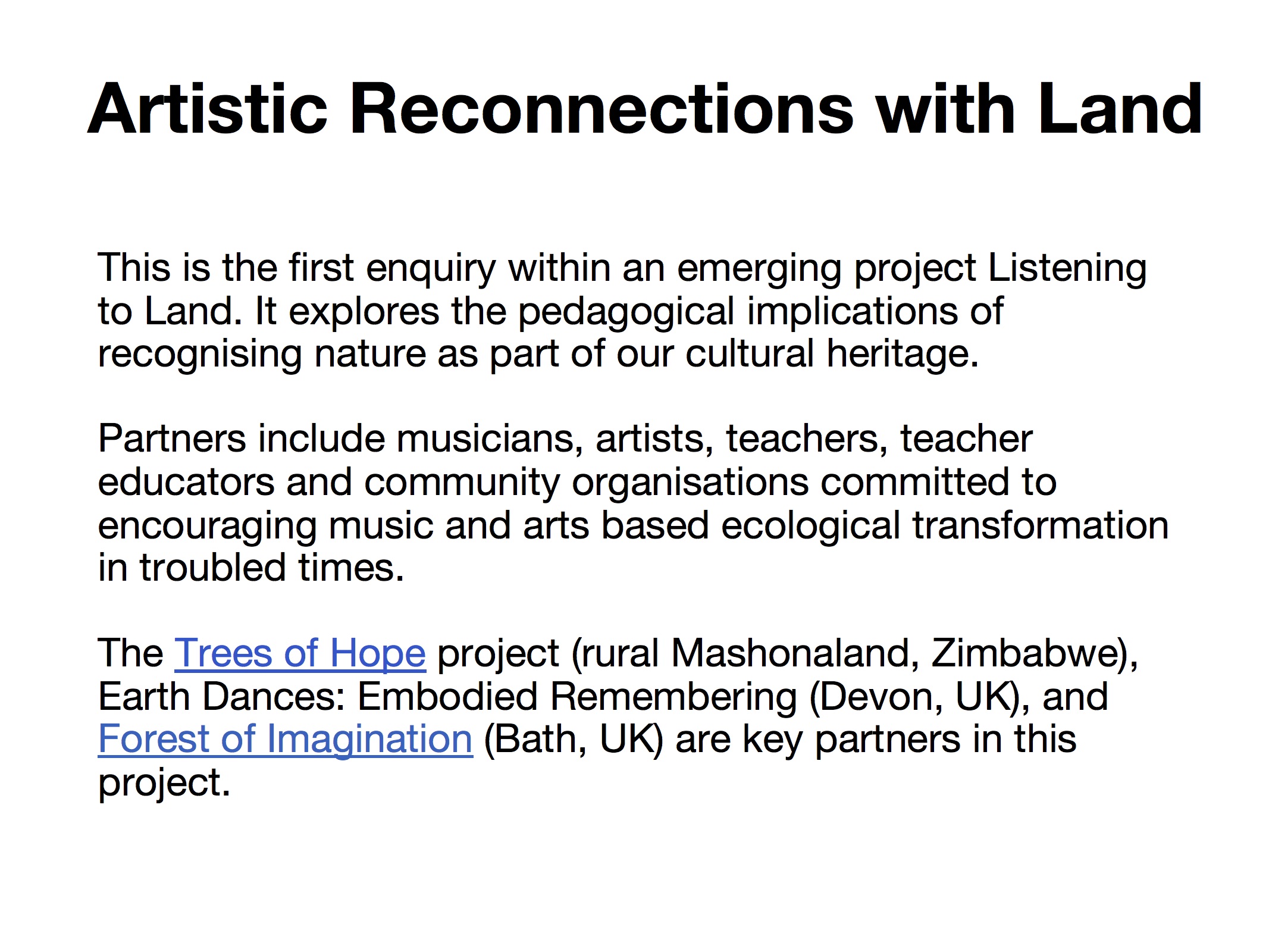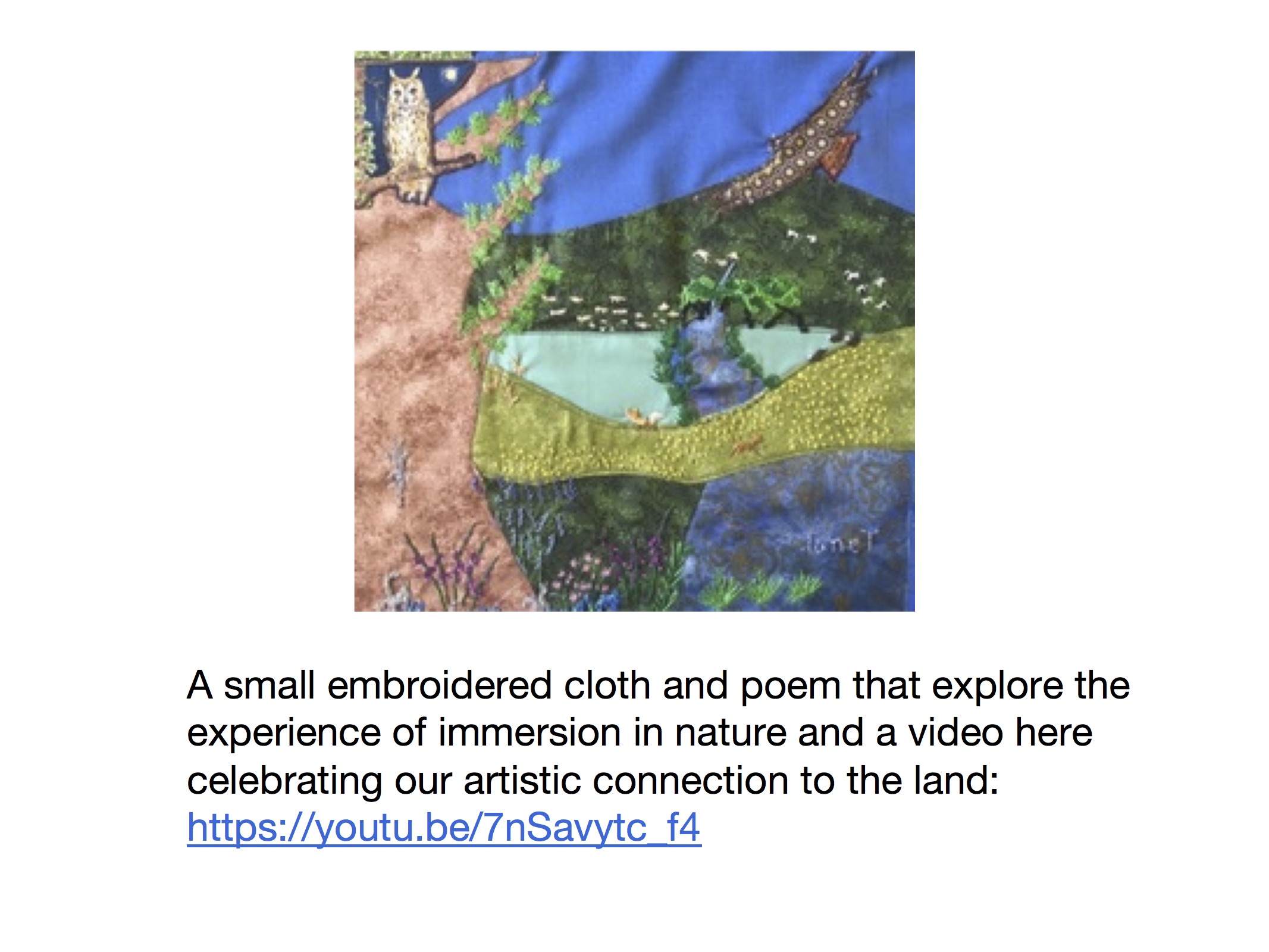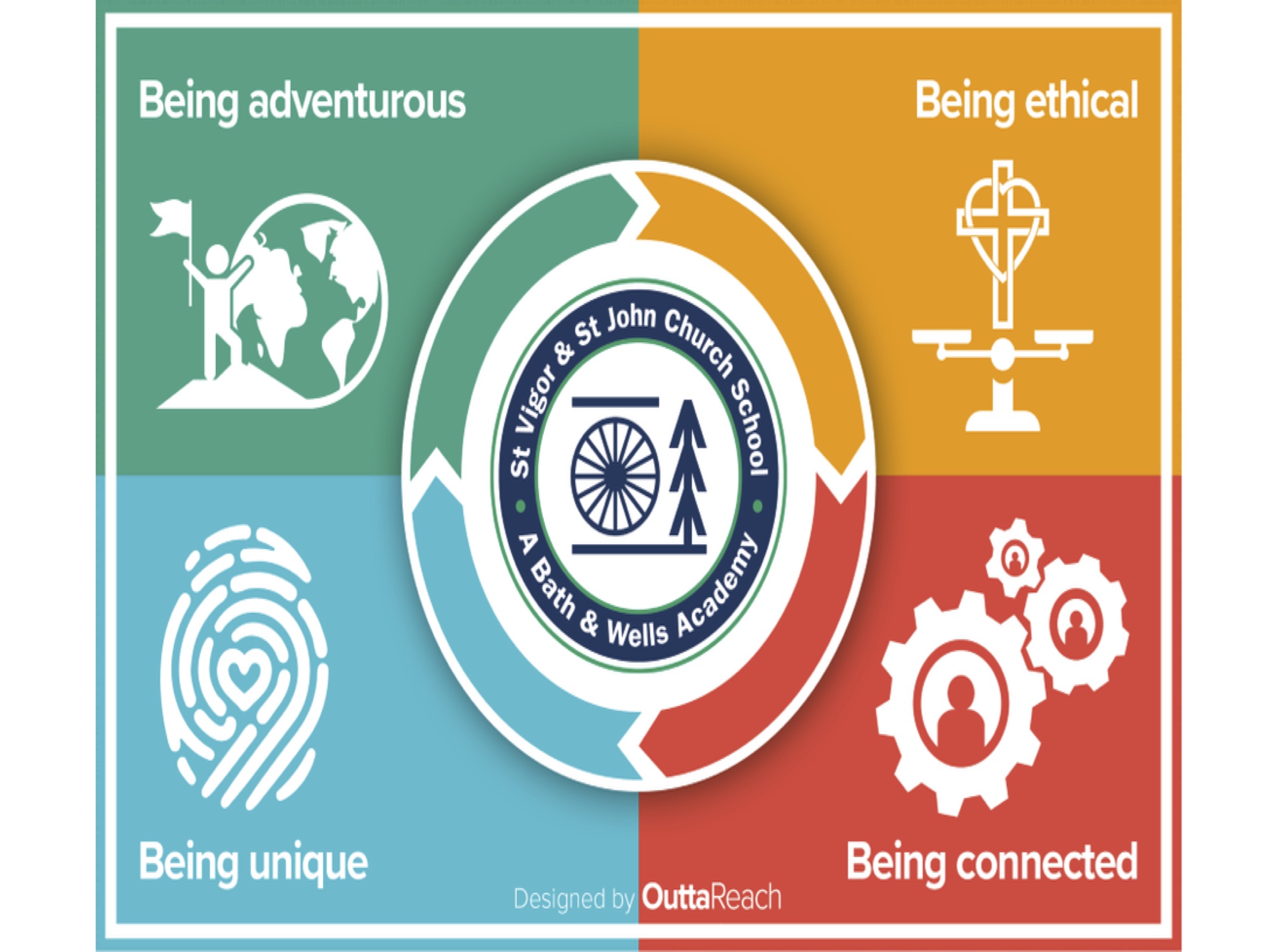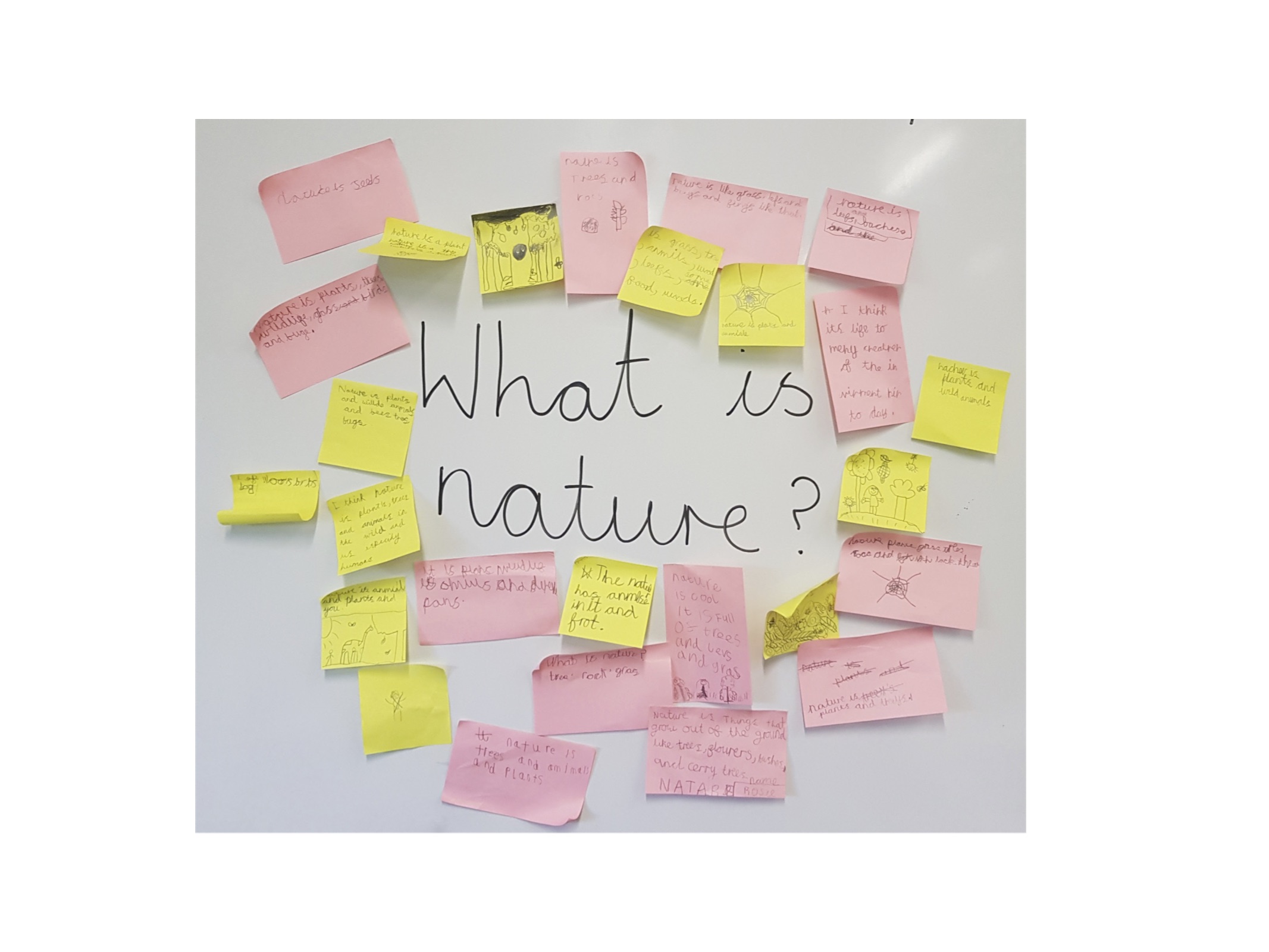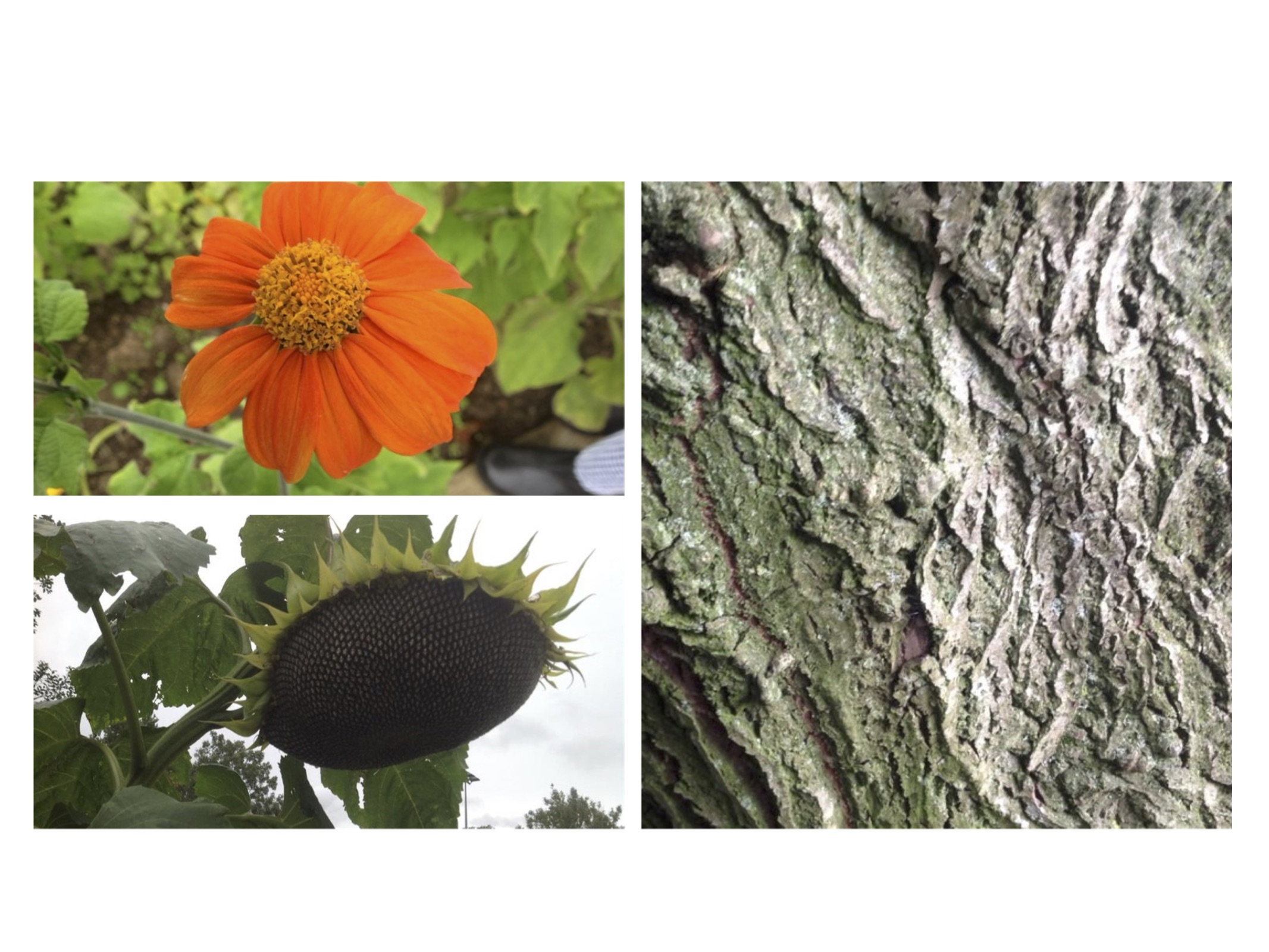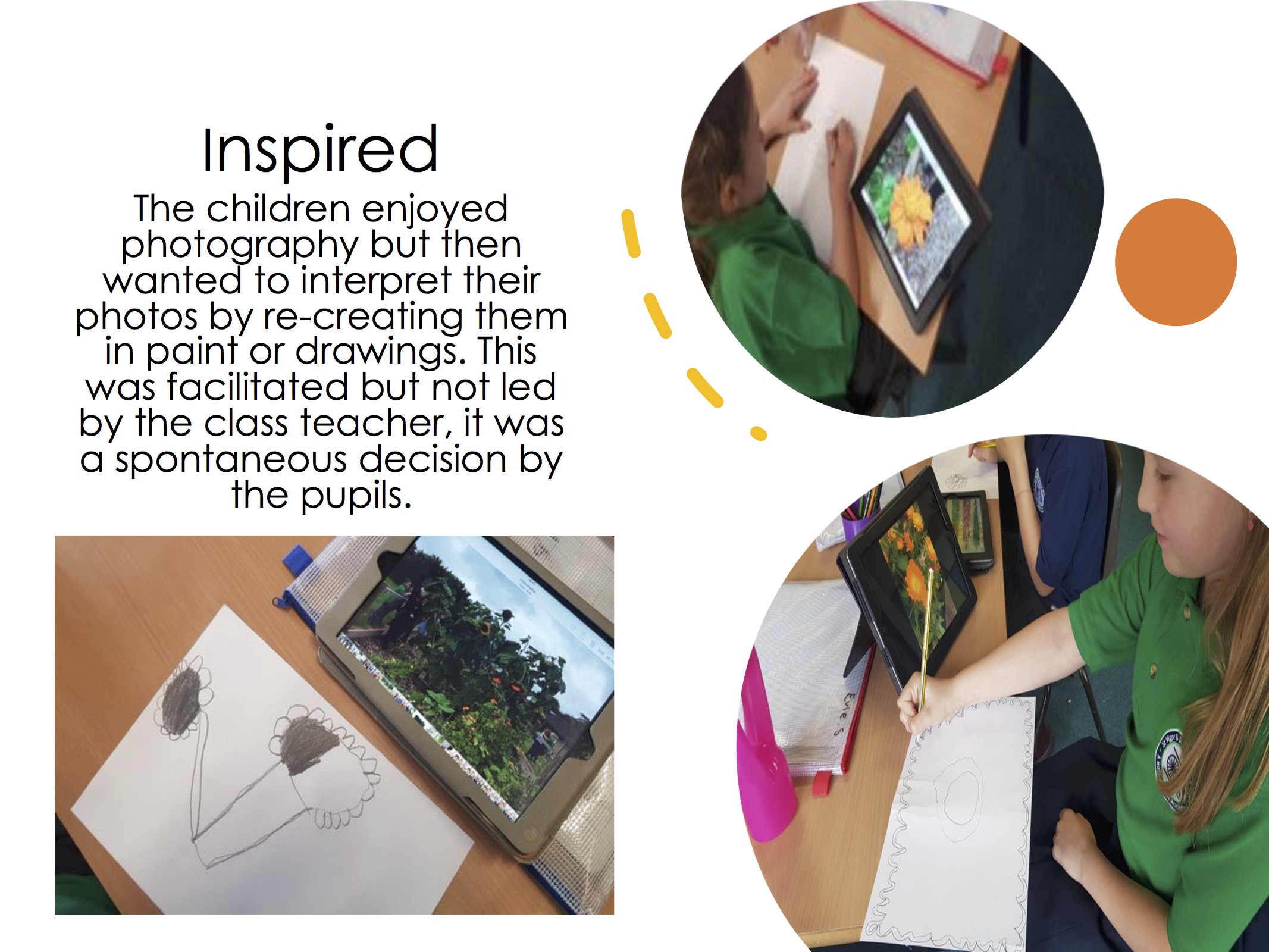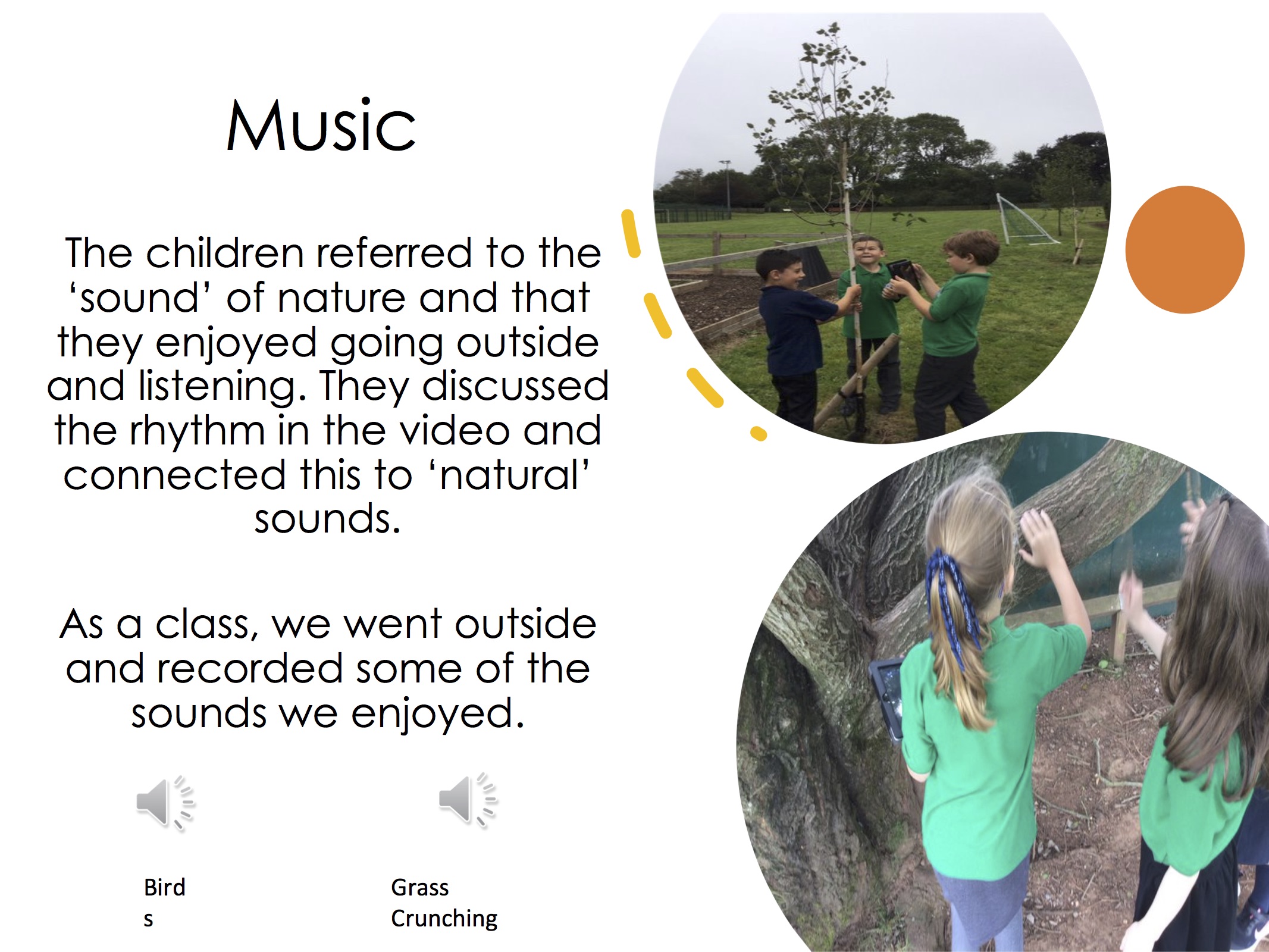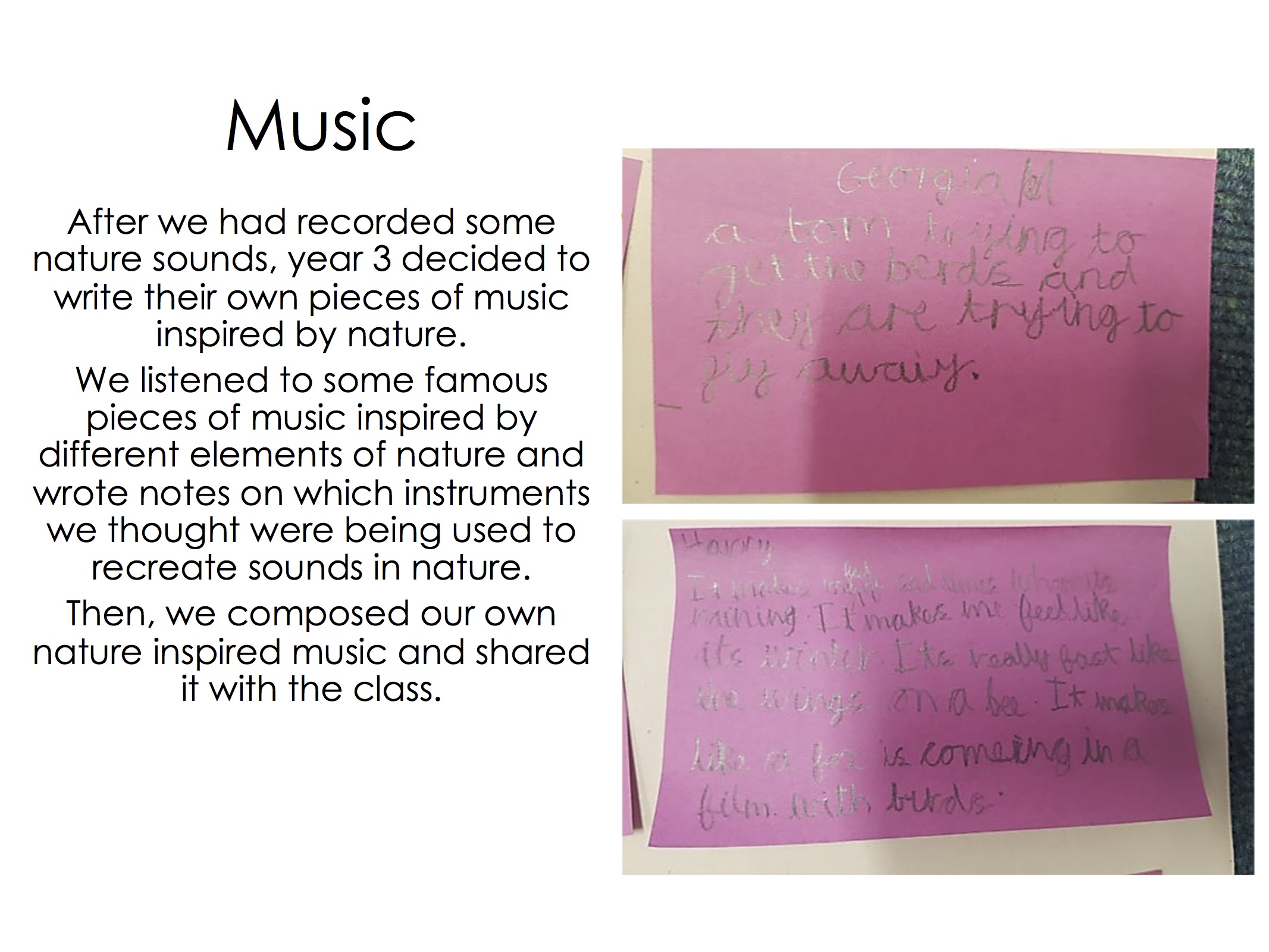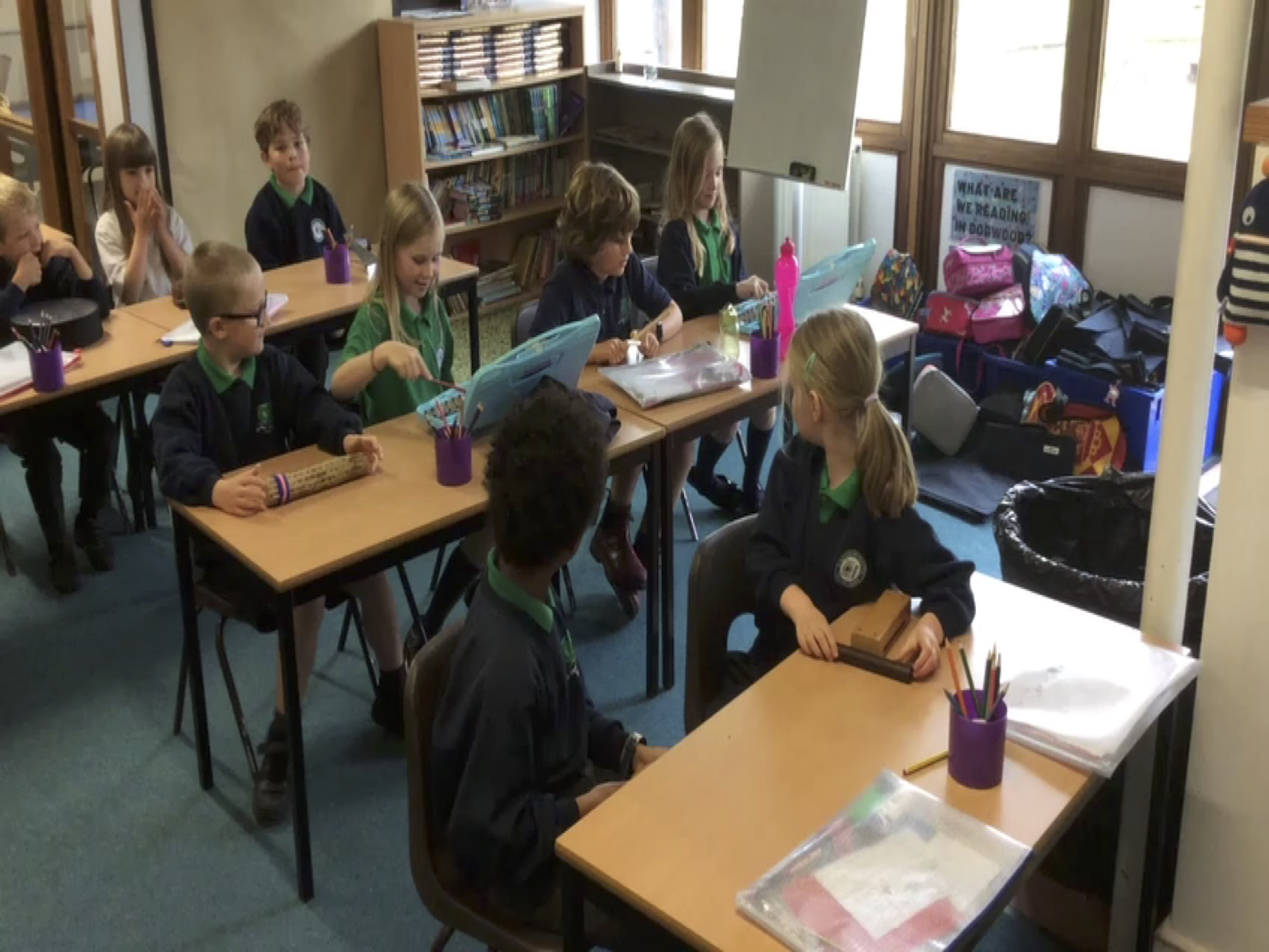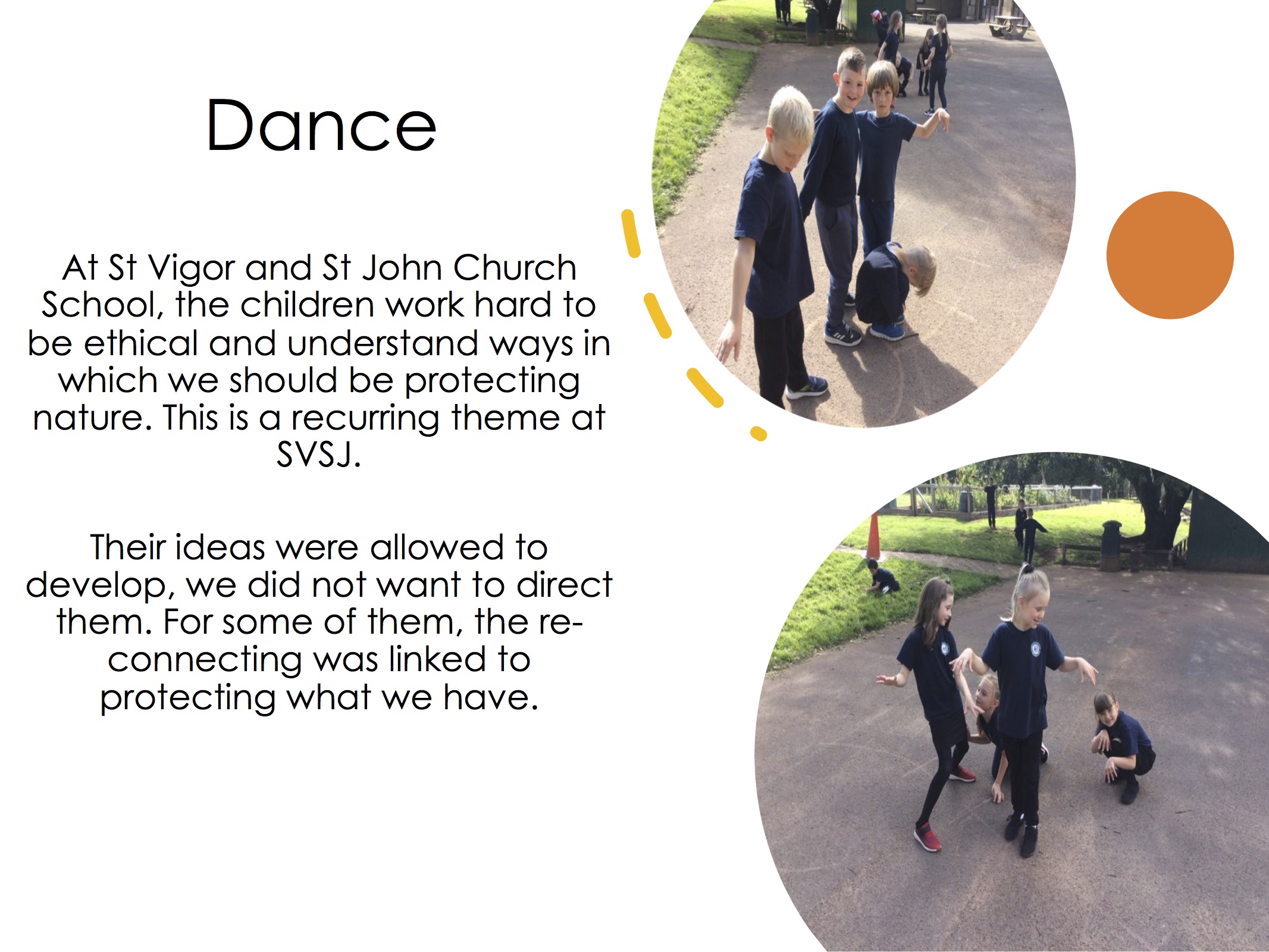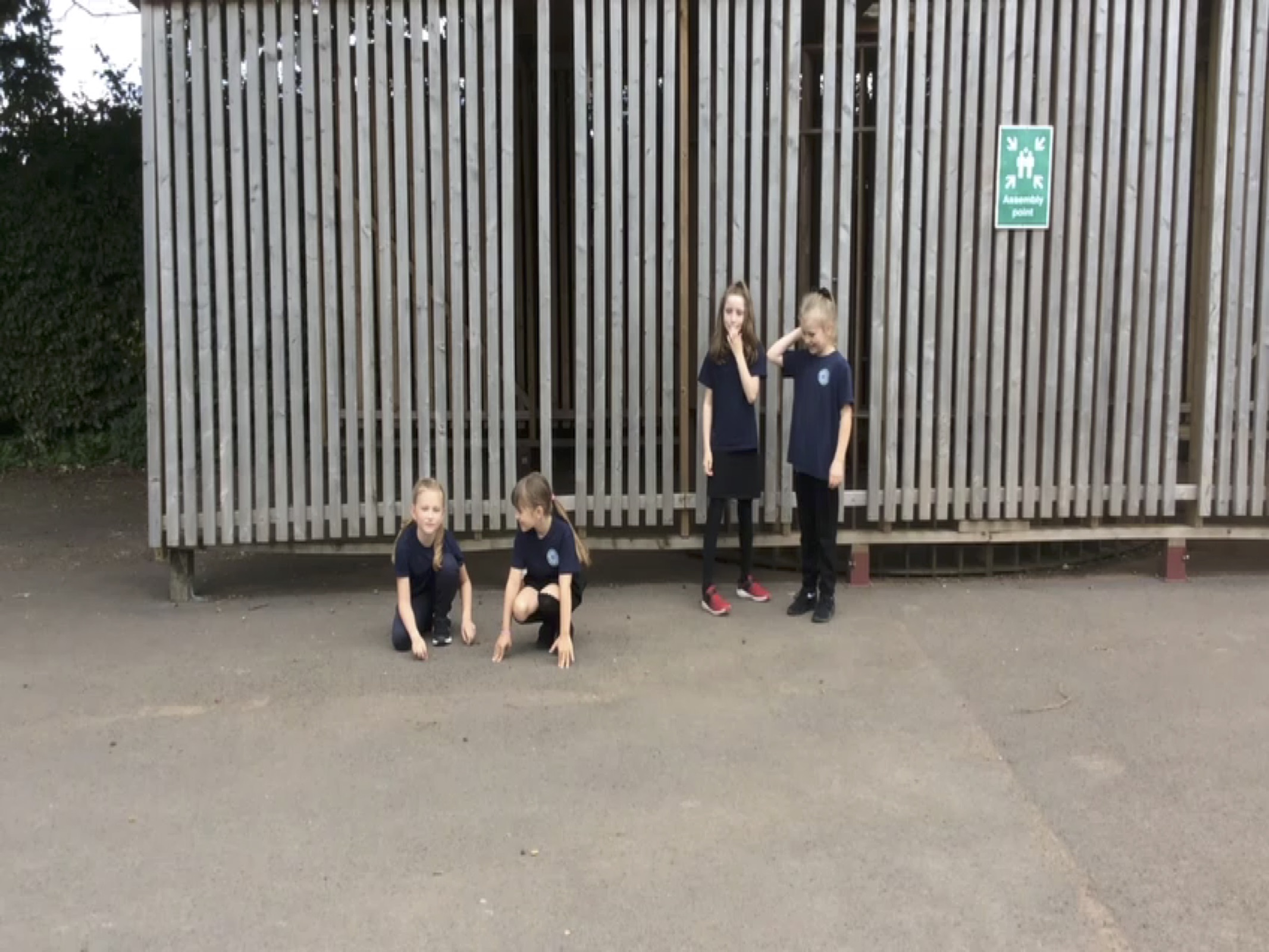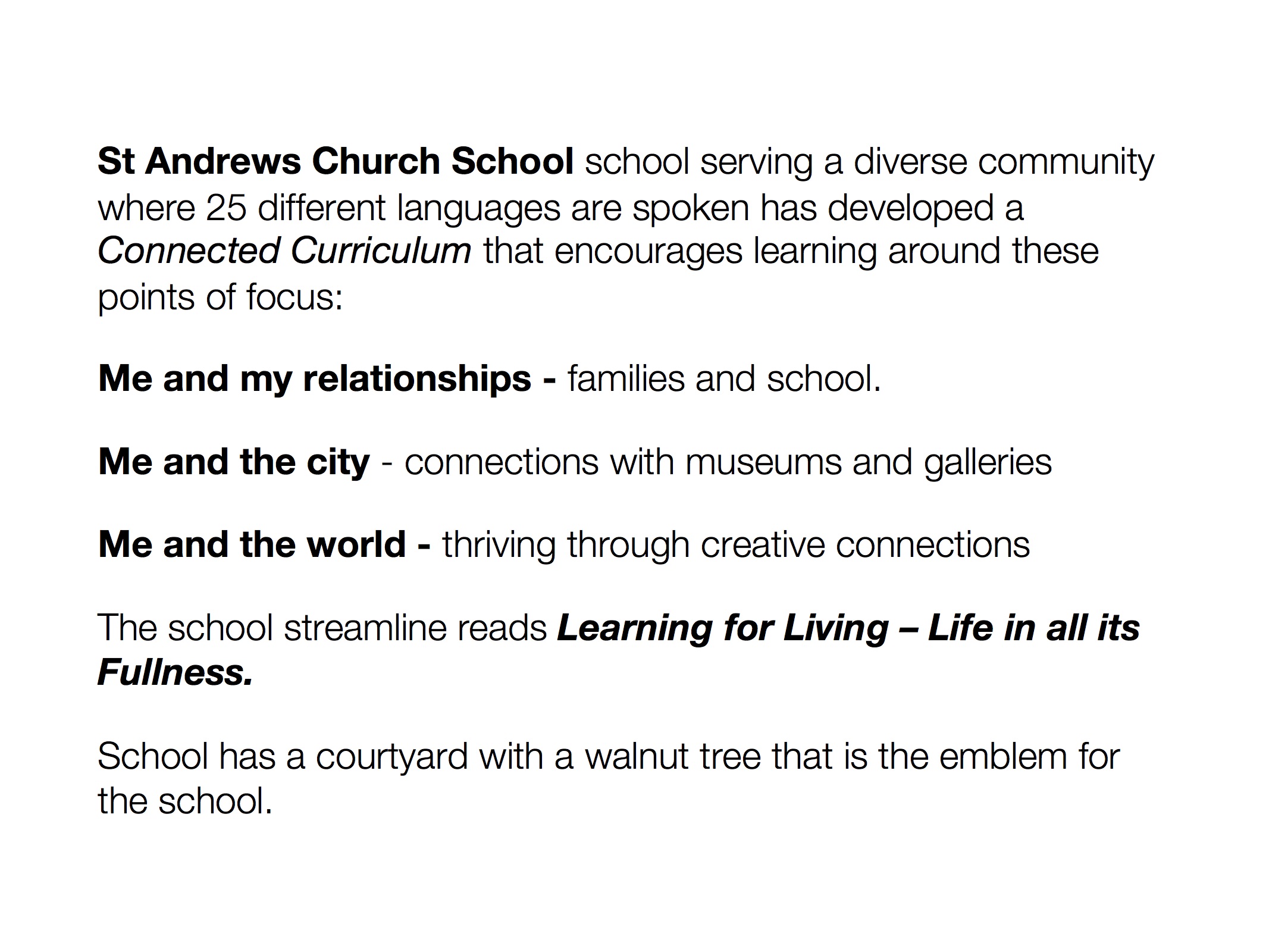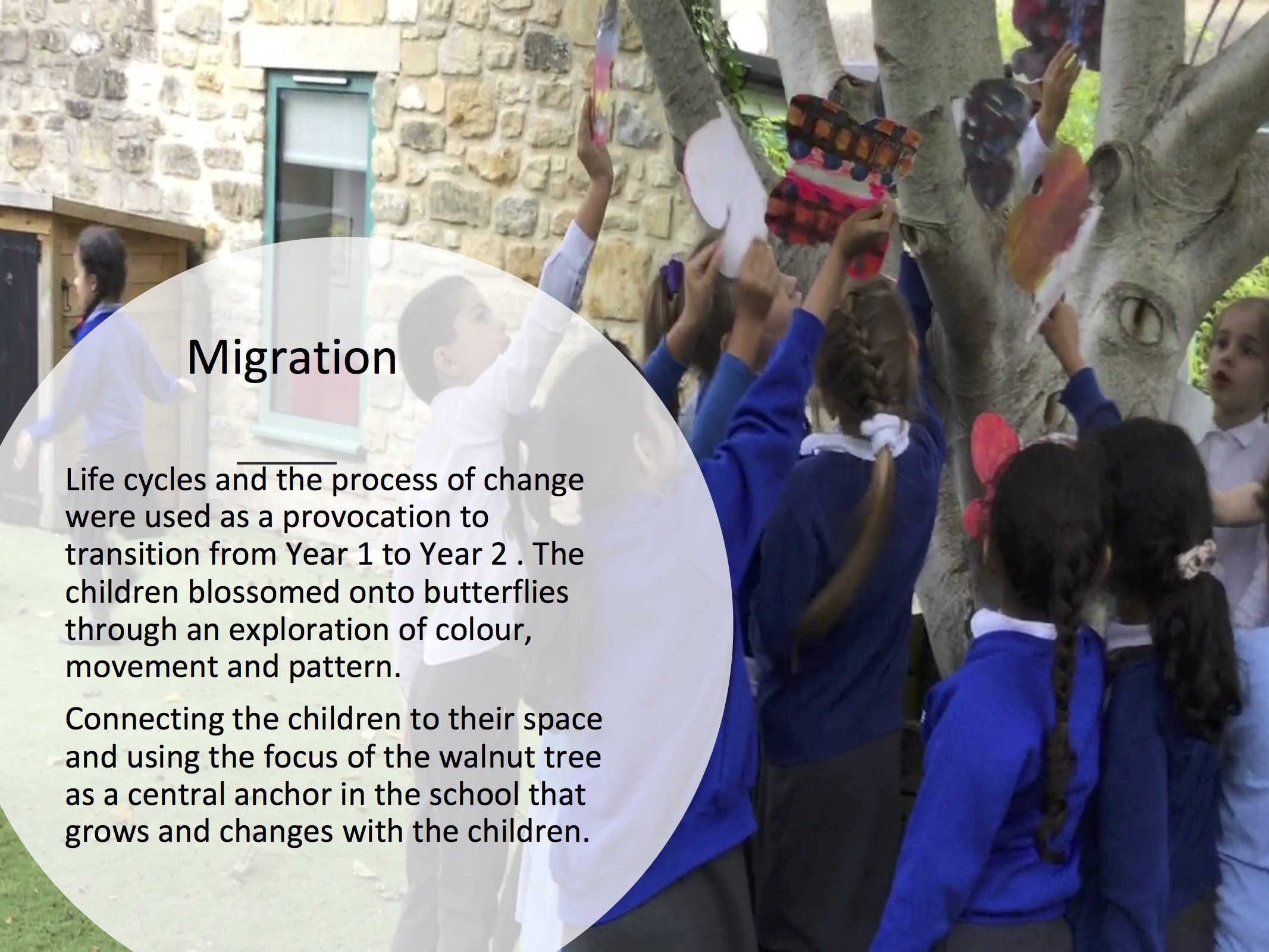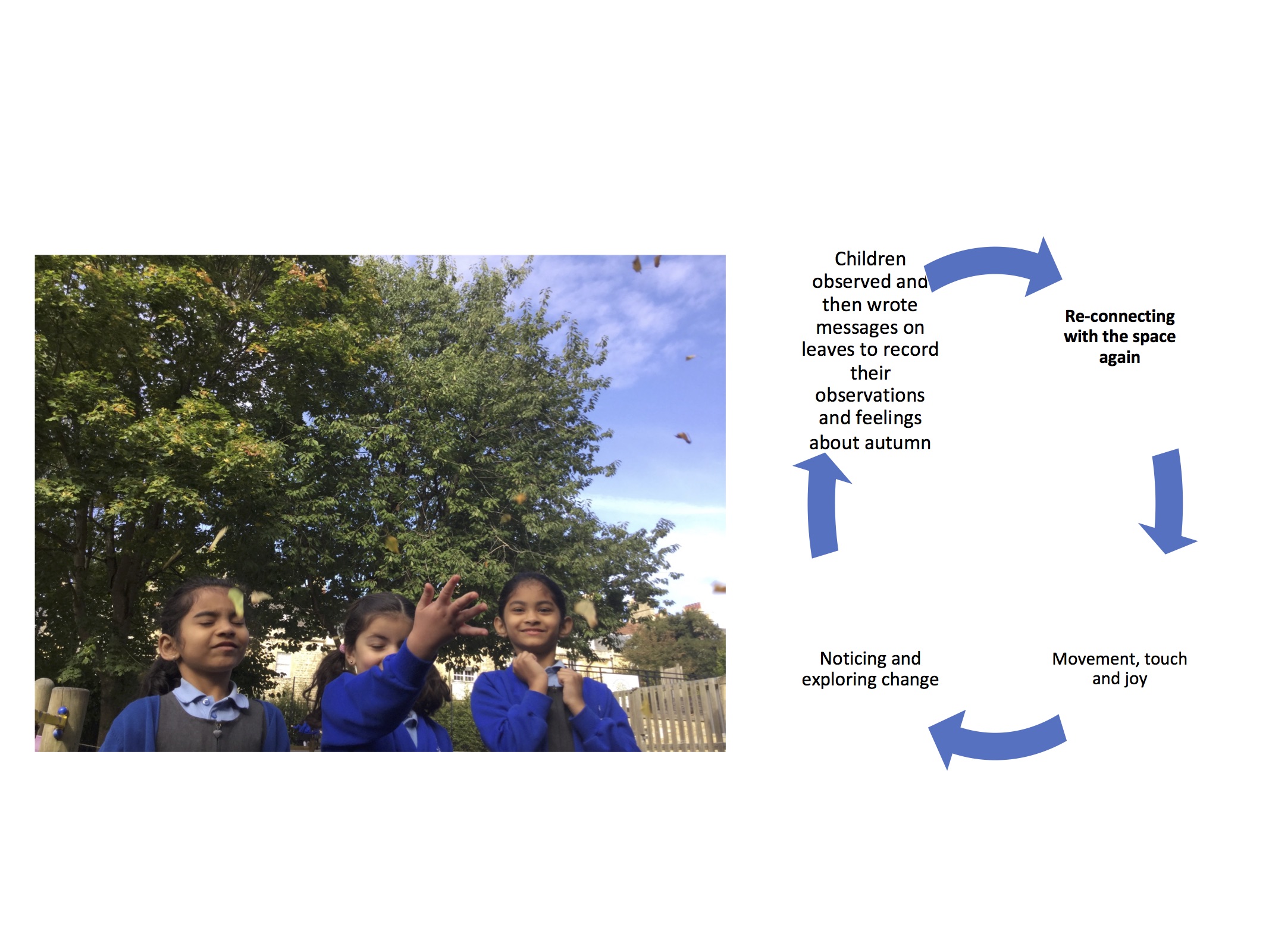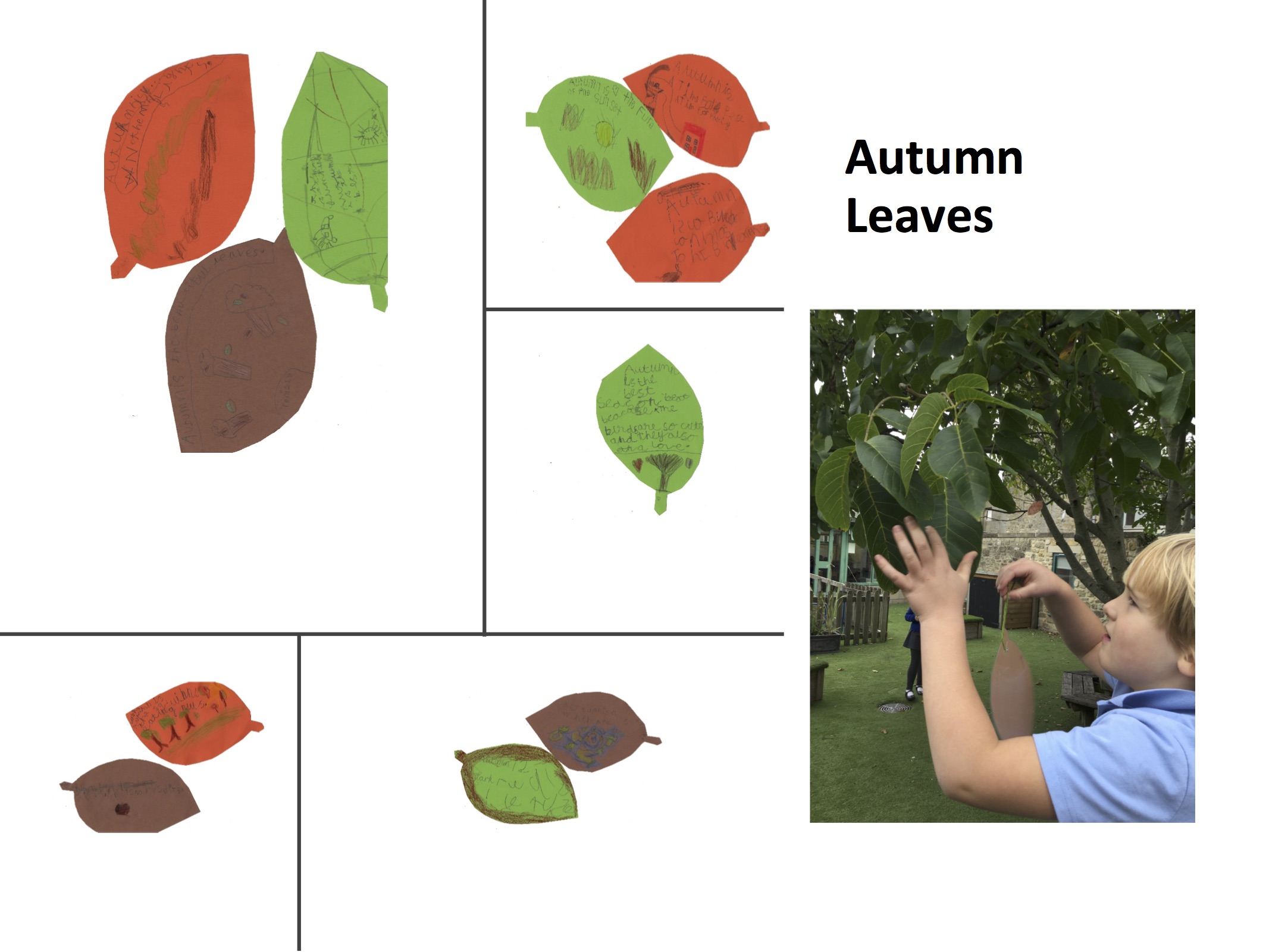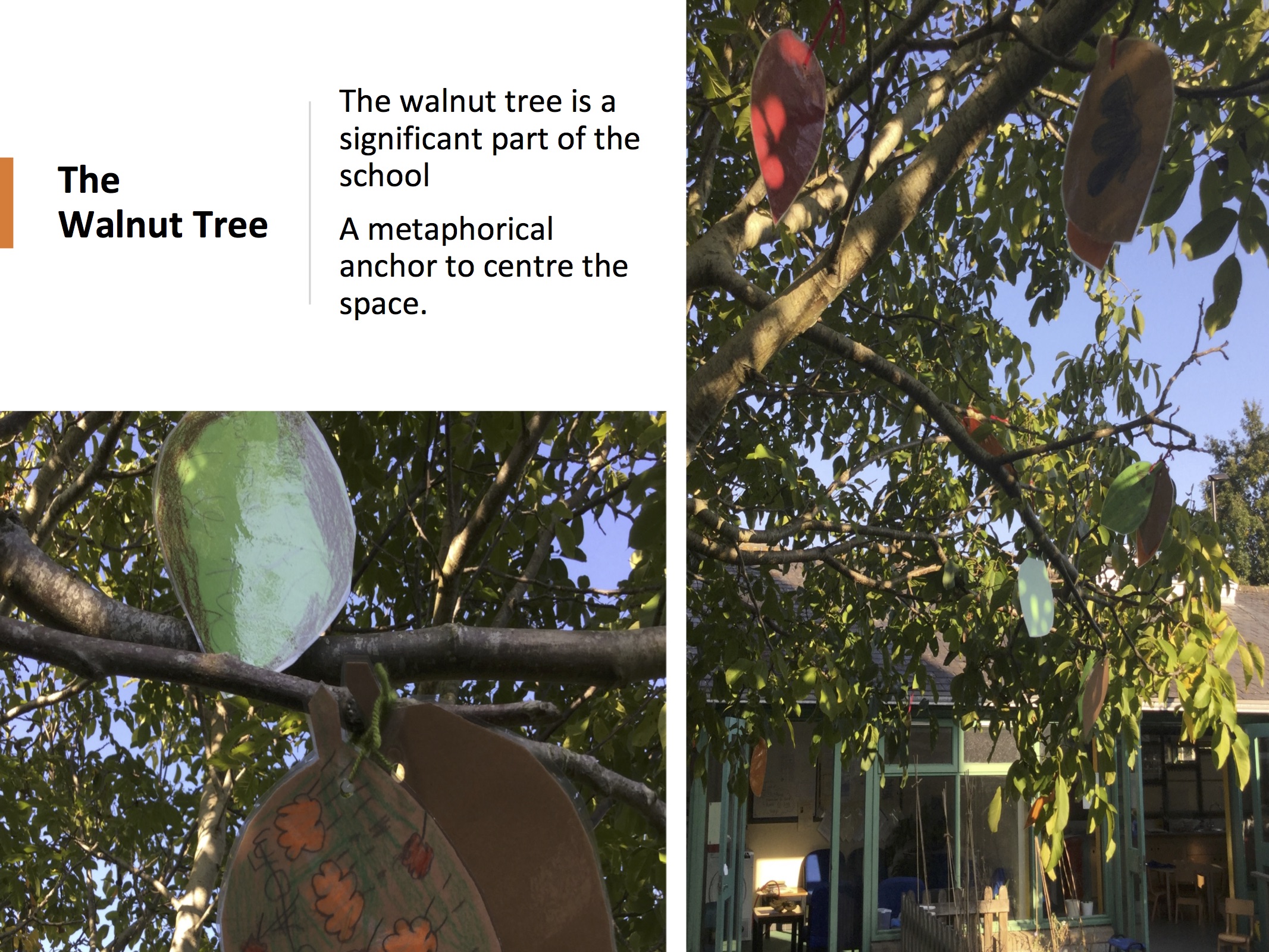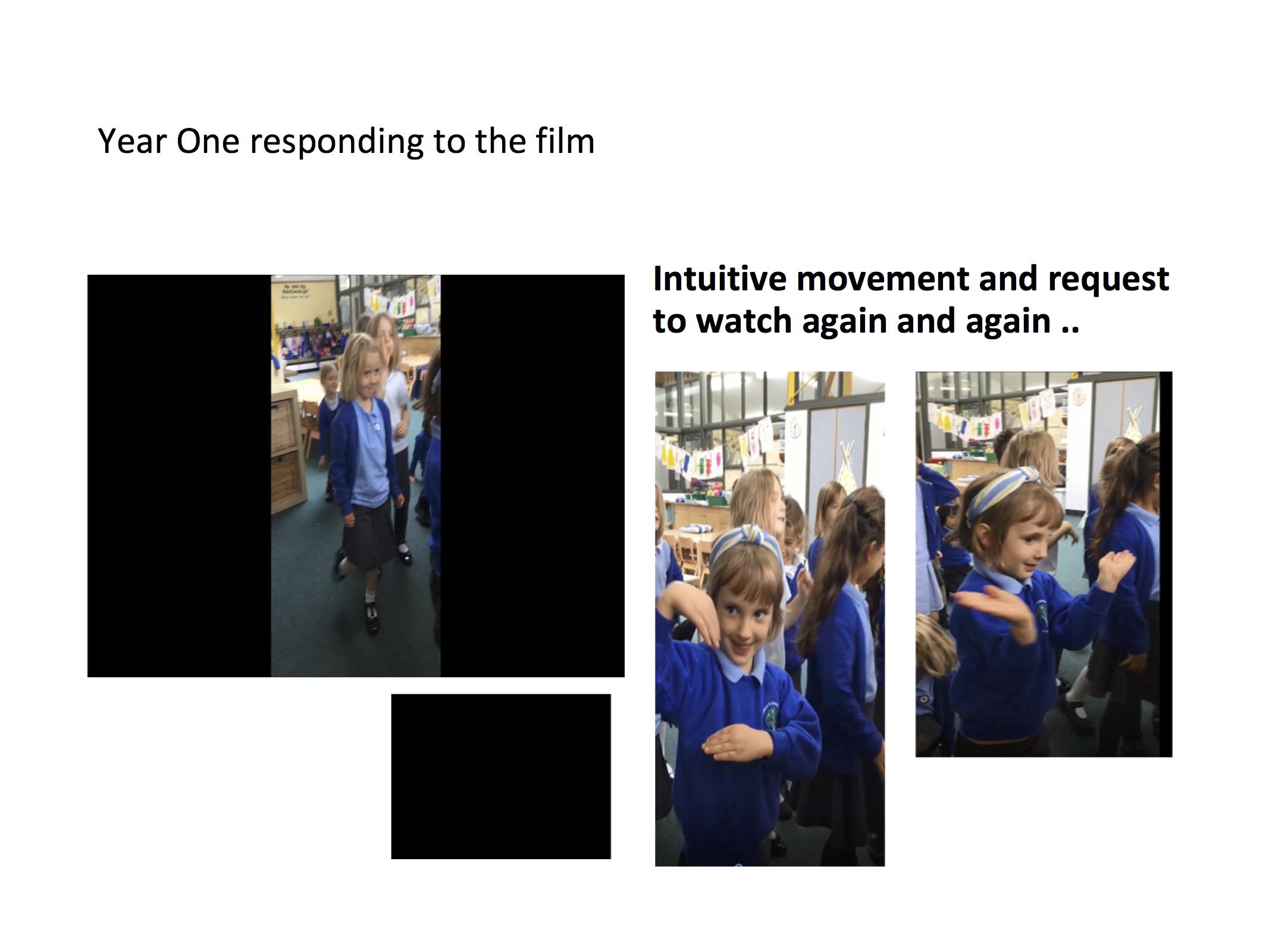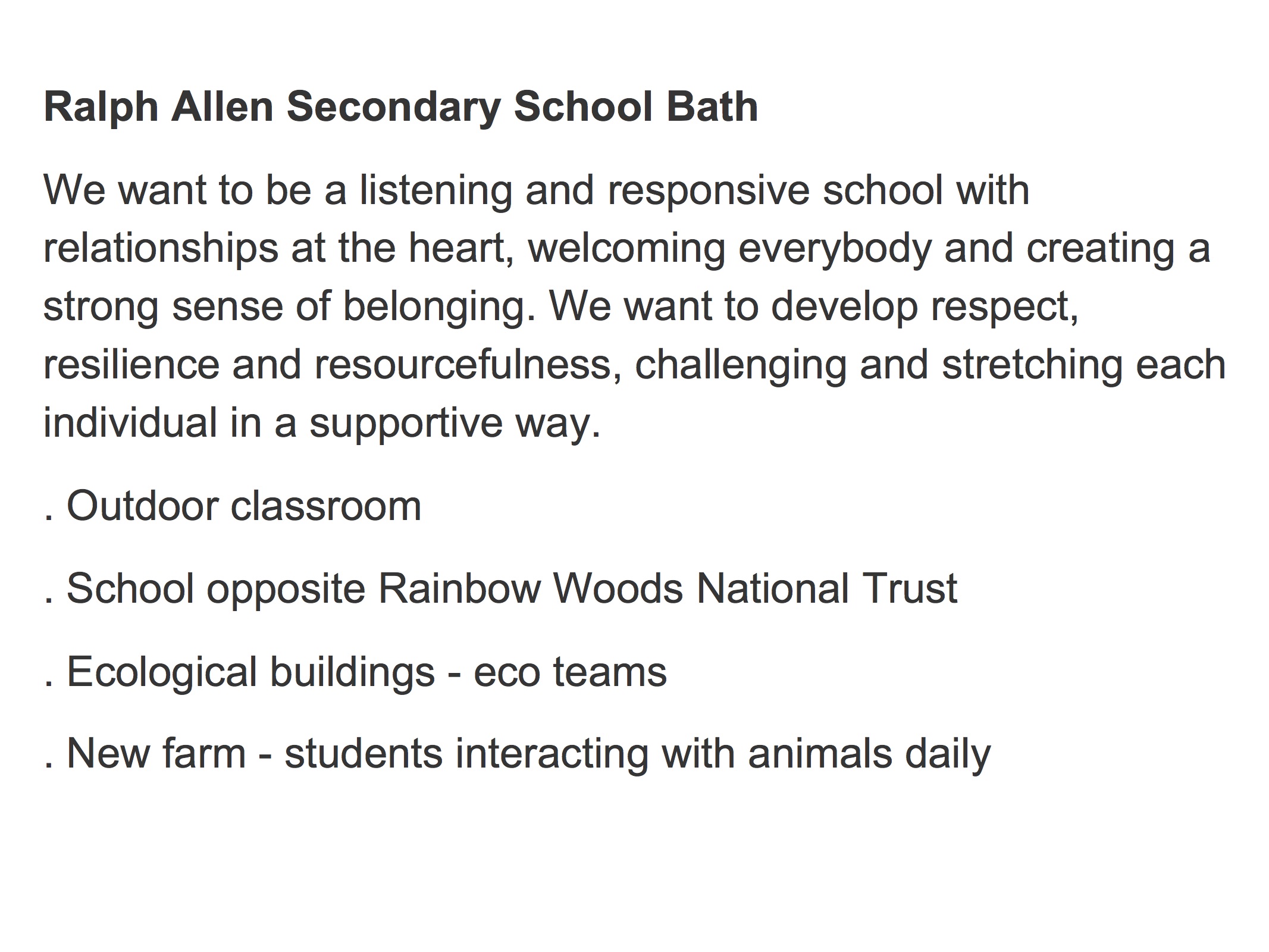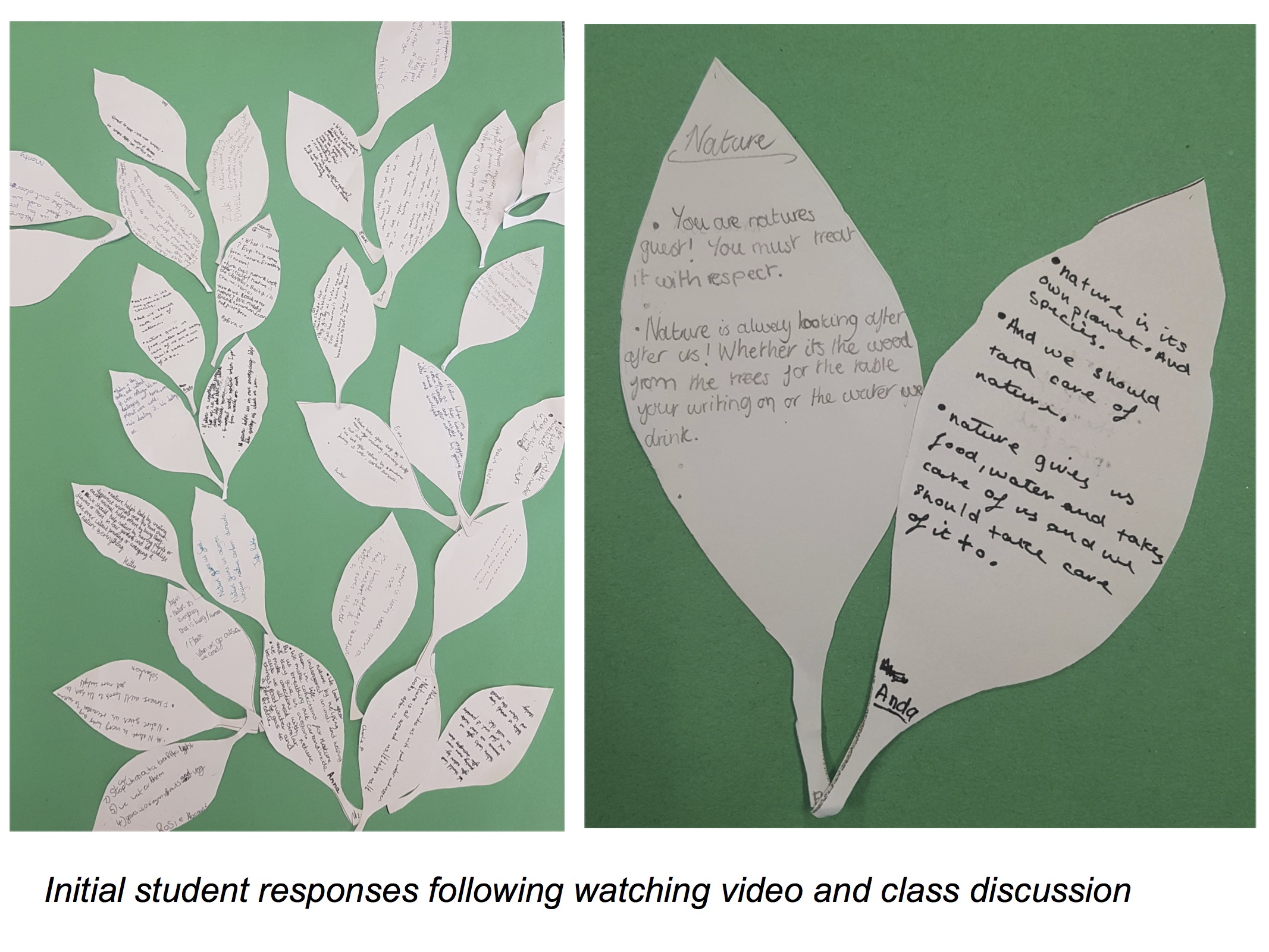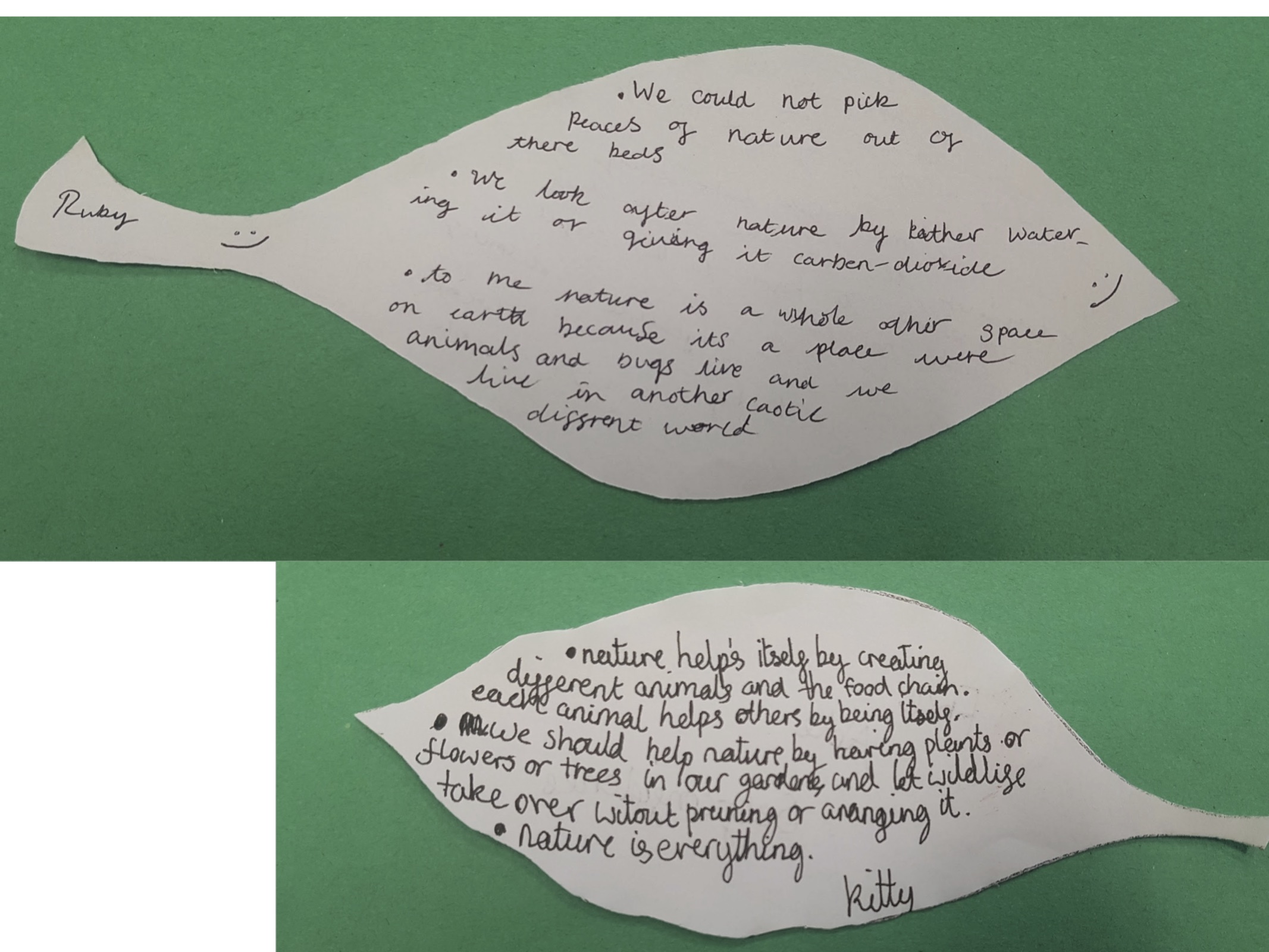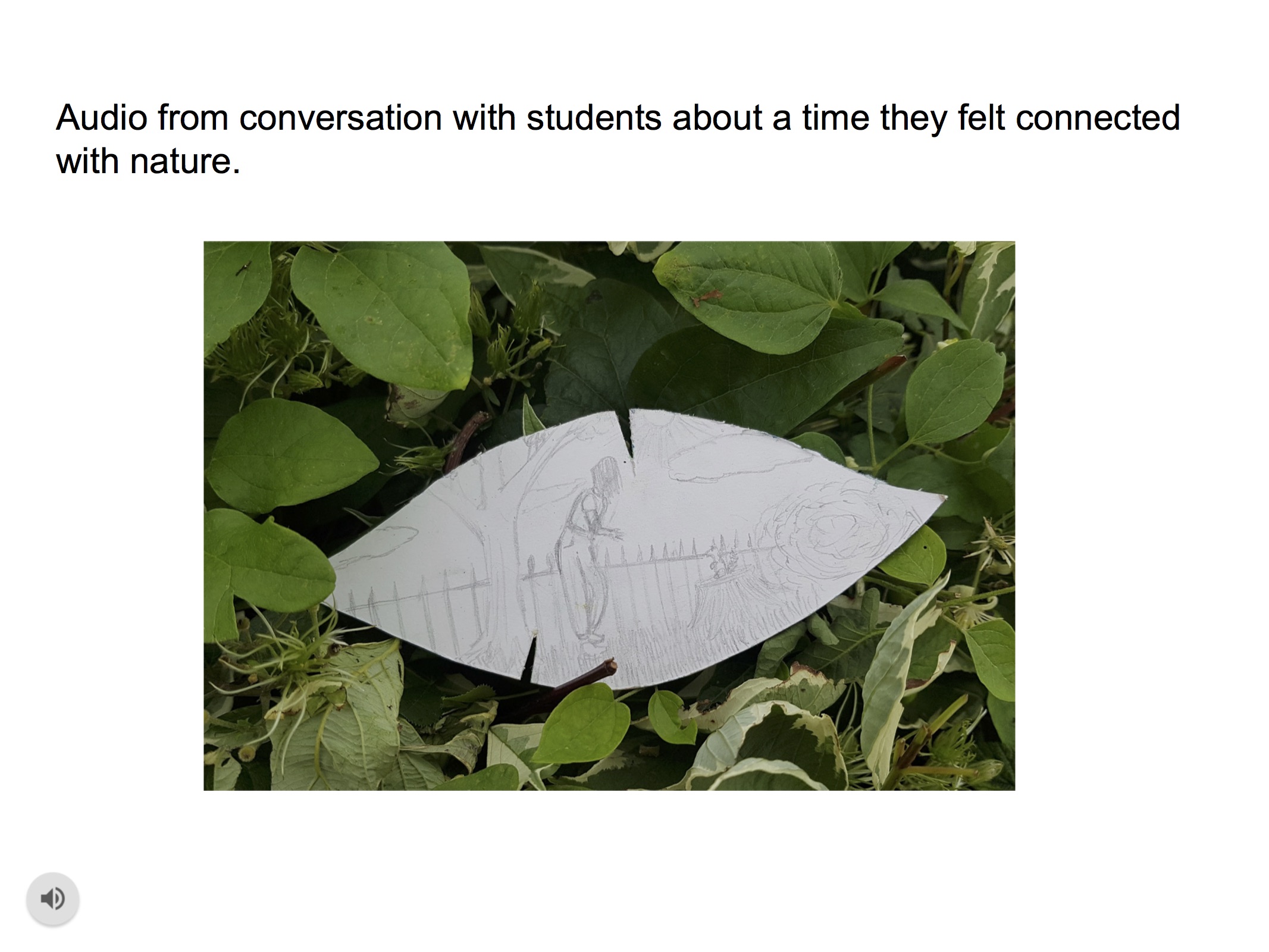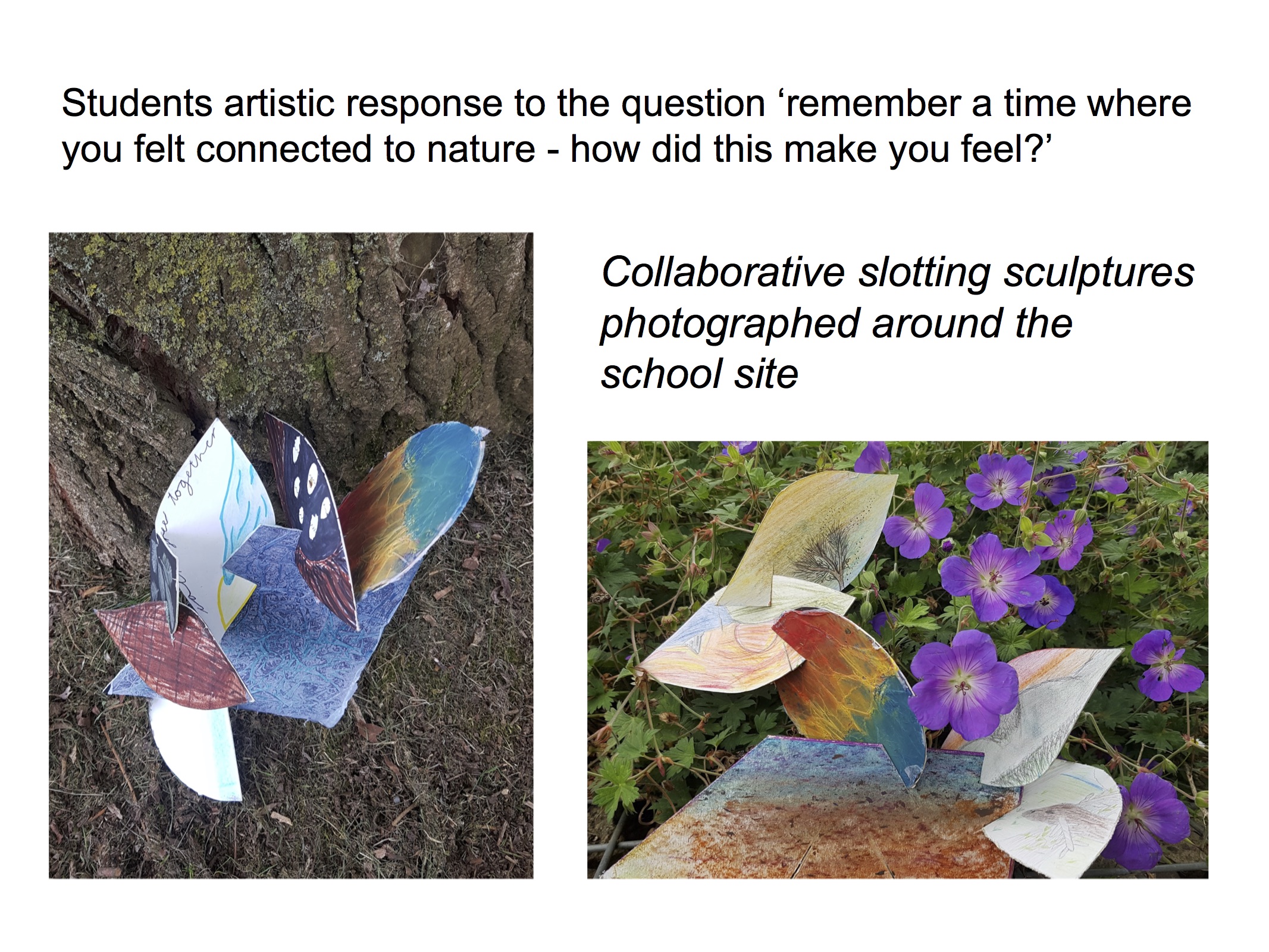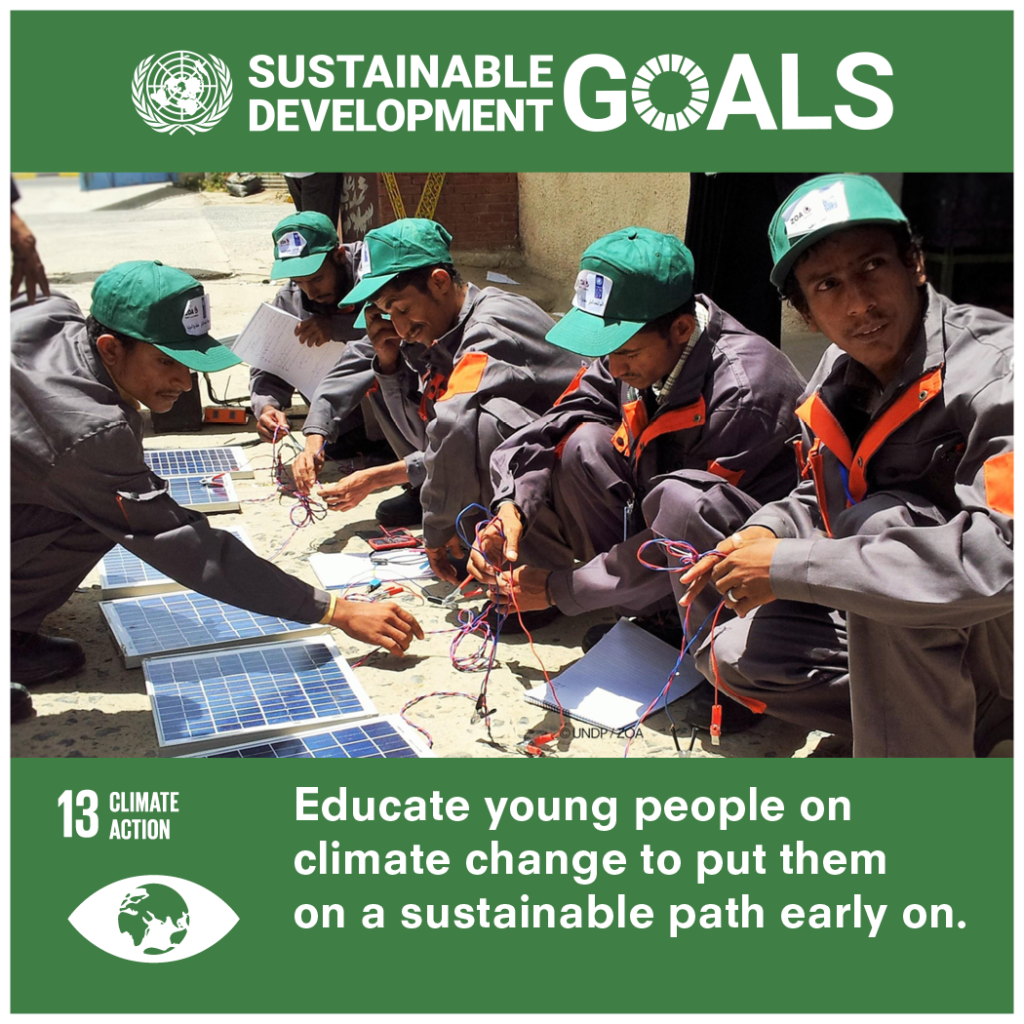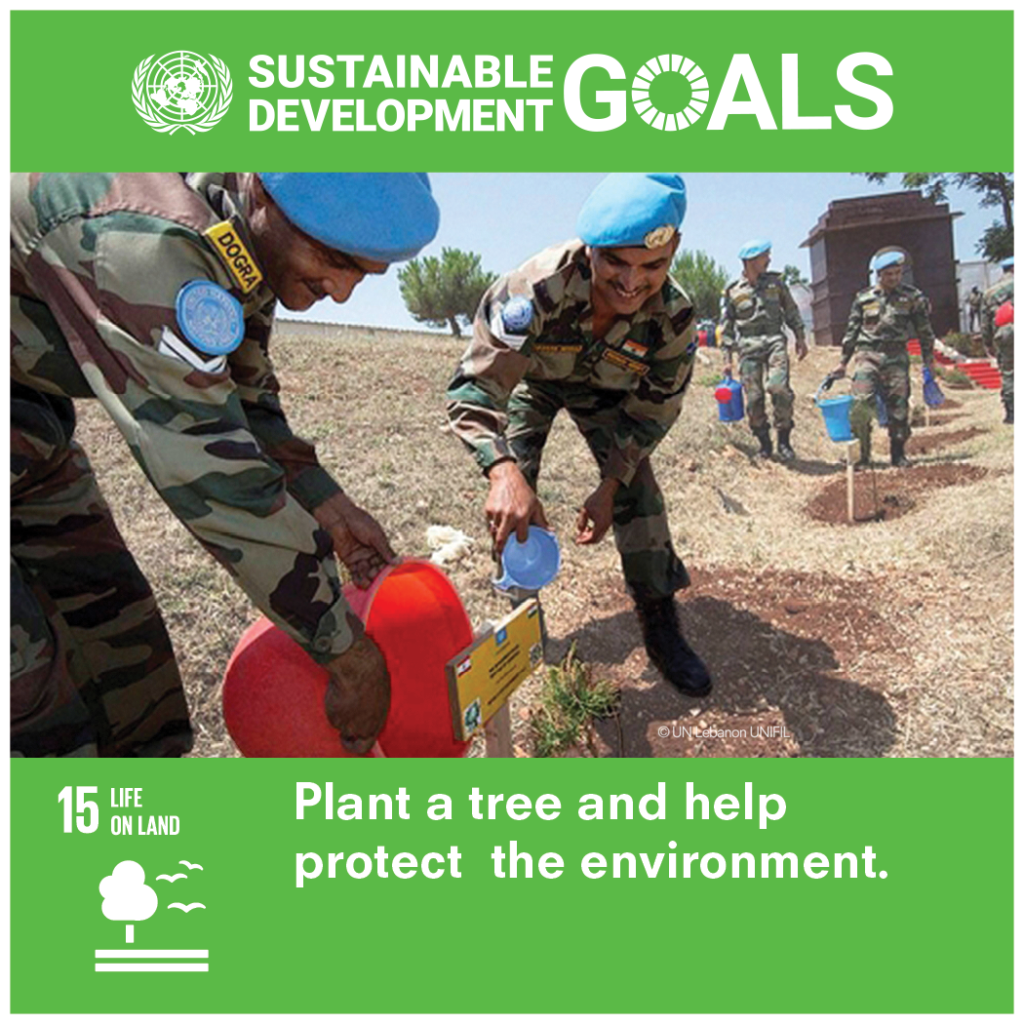Amanda Bayley, Kennedy Chinyere, Nick Clough, Penny Hay, Denise Rowe, Jane Tarr
Bath Spa University
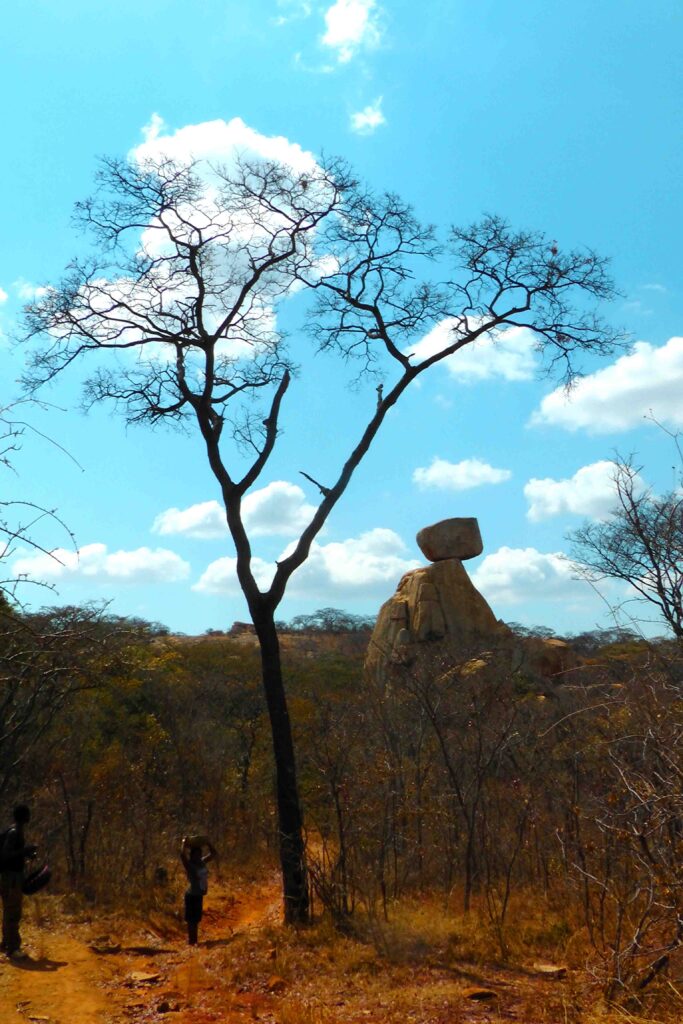
Image from Trees of Hope project
‘Pedagogies and global change’, was the focus of a presentation on 17th September 2020 to the annual conference of the Teacher Education for Equity and Sustainability Network (TEESNet). The overall theme of the conference was Education as a Pedagogy of Hope and Possibility: the Role of Teacher Education in Leading Narratives of Change.
Our paper summarised findings from an initial enquiry into an intersectoral initiative exploring nature as cultural heritage. The objective of the enquiry was to include schools, freelance musicians, artists and higher education providers as sources of data and domains of experimentation. The Trees of Hope project (rural Mashonaland, Zimbabwe), Earth Dances: Embodied Remembering (Devon, UK) and Forest of Imagination (Bath, UK) are key partners.
Our pilot study reflects work in progress for a larger scale project: Listening to the Land. ‘Listening to the Land’ which promotes conceptions of cultural heritage grounded in nature as a core element of educational practice. ‘Artistic Reconnections with Land’ articulates embodied, transcultural approaches which co-create a shared understanding of heritage.
This expression of what Haraway (2003) terms ‘natureculture’ will be developed further as a way of addressing at least three of the UN Sustainable Development Goals:
- inclusive and equitable quality education (4)
- urgent action to combat climate change and its impacts (13)
- sustainable ecosystems, re-forestation and increasing biodiversity (15)
The accompanying slides illustrate ways in which inclusive, participatory approaches to arts-based action research have become accessible to different stakeholders within the new COVID-19 reality.
Use the arrows above to scroll through the presentation slides
Roots digital recording of a music and dance duet was performed by Earth Dances on granite outcrops on Dartmoor. It has been shared with three UK schools as a resource to stimulate discussion and creative responses with children and young people about their connections with nature. Roots resonates with ancient understandings of the relationship between people and land: an earth dance prompts joyful and loving reconnections, while a small embroidered cloth and poem explore the experience of immersion in nature.
These simply created products invited learners and teachers to reflect on and document their own relationships with nature, leading to the co-creation of digitally shared music, arts-based responses and written commentaries. The resulting exchanges helped to open up discussions about the role of creative and relational pedagogies that respect local cultures, histories and ways of life that are dependent on the health of the land.
Such hopeful, artistically inspired pathways are intended to promote a reinvigorated, systems view of cultural heritage. They re-situate land and nature within pedagogical approaches which are holistic, inclusive and interdisciplinary (Capra & Luisi 2014: 13). By encompassing past and present understandings of human reciprocities within the natural systems of the biosphere, they aim to inform future-facing pedagogical interventions.
While David Orr’s (1992) phrase ‘ecological literacy’, encourages recognition of connectedness between human wellbeing and the health of natural systems, Daniel Shevock’s eco-literate music pedagogy, recommends a ‘fundamental re-localisation-reorientation to place, people and local histories’ (2018: 112). The next stage of our work is to generate transcultural, (e)co-creative solutions for teaching and learning (Cutter-Mackenzie-Knowles et al 2020), approaches that empower local communities – children, young people and adults – to create positive change for future generations.
References
Capra, F. & Luisi, P. L. (2014). The Systems View of Life (Cambridge: Cambridge University Press).
Cutter-Mackenzie-Knowles, A. et al (2020). Research Handbook on Childhoodnature: Assemblages of Childhood and Nature Research (Switzerland: Springer International Publishing).
Haraway, D. J. (2003). The Companion Species Manifesto: Dogs, People, and Significant Otherness. Vol. 1. (Chicago: Prickly Paradigm Press).
Orr, D. W. (1992). Ecological Literacy (New York: State University of New York Press).
Shevock, D. J. (2018). Eco-literate Music Pedagogy (New York and London: Routledge).

